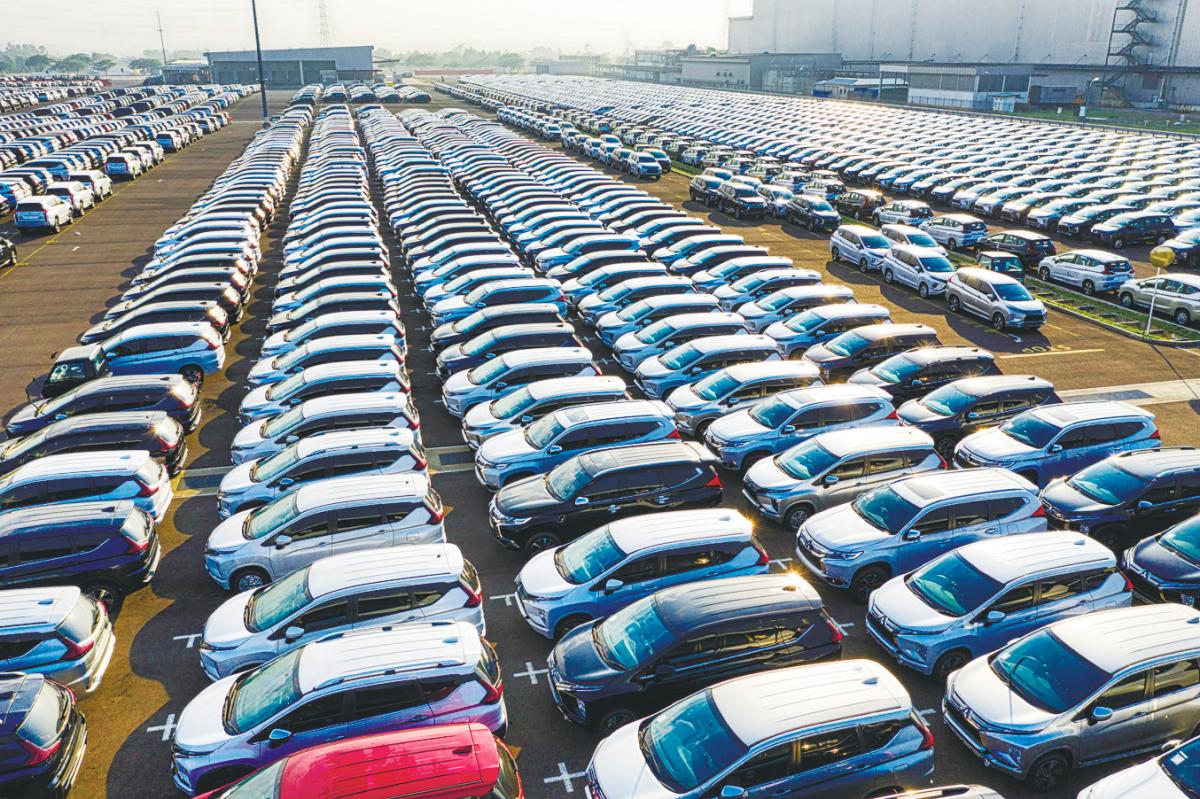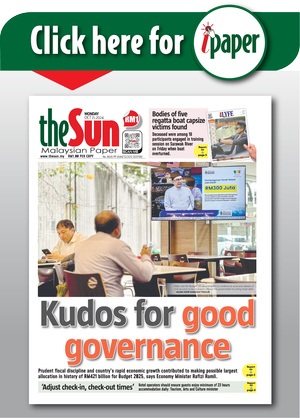TOKYO: Toyota and Hyundai Motor may have a beef with US protectionism, but they have one thing in common with President Donald Trump: when it comes to global car markets, it’s America first for Asia’s legacy automakers.
Trump’s tariffs on imported automobiles have upended the outlook for the global industry, yet the US remains by far the most important market for Japan’s Toyota, South Korea’s Hyundai and Asian rivals including Honda and Nissan. North America accounts for at least 40% of the revenue at both Toyota and Hyundai, filings show.
The market’s importance is unlikely to change any time soon, industry insiders and analysts said, especially with China, now the world’s biggest auto market, dominated by homegrown electric vehicle makers such as BYD.
Those Asian legacy carmakers with more robust margins and a strong hybrid lineup such as Toyota, Hyundai, Kia Corp and to a lesser extent Honda – are more likely able to weather the US tariffs storm, and potentially take market share from weaker players like Nissan, analysts said.
“The environment that we’re in now is becoming increasingly harsh and uncertain, starting with US tariffs,” Mazda executive officer Noriyuki Takimura told reporters at an event in Tokyo last week. Mazda aims to strike a balance between “defensive” measures like cost-cuts and “offensive” ones like strengthening its product lineup, he said.
Two Hyundai insiders and two Japanese auto executives separately told Reuters they had no intention of downsizing their US businesses in response to tariffs, even as they acknowledged the difficulties ahead. All four spoke on condition of anonymity.
The US is Toyota’s biggest market in terms of vehicles. It sold 2.3 million vehicles there in 2024 including its Lexus brand, accounting for more than a fifth of its global total. As a source of revenue, North America was second only to Japan in the last financial year.
Hyundai’s North American revenue was the highest in almost a decade last year. Kim Chang-ho, an analyst at Korea Investment & Securities, estimated it generates around 60% of its profits from the US, thanks to higher vehicle prices.
Mocked in the US in the 1980s for its perceived shoddy quality, Hyundai doubled down there around a decade ago, especially after tensions between Beijing and Seoul, and the rise of domestic EV makers saw it start to lose ground in China.
“After years of putting in effort, our brand is finally gaining recognition in the US,” one of the Hyundai insiders said. “So we will not take our hands off the US”
The US has seen a surge in demand for hybrids as consumers have become more concerned about the battery range, price and charging hassles of EVs. Fuel-efficient models such as hybrids will be a key driver to gaining market share, said Morningstar analyst Vincent Sun. Toyota, Hyundai and Kia have particularly strong hybrid offerings.
So far, most legacy Asian automakers have avoided raising prices in the US and stronger players are likely to continue to hold off doing so, despite lower profitability, analysts said. Instead, the focus will likely be on taking market share from lower-margin rivals like Nissan and Stellantis, analysts said.
“It will shape up like a game of chicken,” said Kim Sung-rae, an analyst at Hanwha Investment & Securities. “Those who will hold up well will emerge as winners.”
Over time, tariffs could be a catalyst to help drive consolidation in the industry, or at least deepen existing tie-ups. Investors wonder if tariffs could push Nissan to revive merger talks with Honda that fell apart this year. Mazda, which is 5.1% owned by Toyota, and Subaru, which is 21% owned by Toyota, could become more reliant on the bigger company.
While Hyundai and Kia have three US factories, they still import about two-thirds of the vehicles sold there. Toyota manufactured 1.3 million vehicles in the US last year, equal to 54% of the vehicles it sold there. Japanese automakers have invested more than US$66 billion (RM281 billion) in US manufacturing since the 1980s, building some two dozen plants, according to the JAMA auto lobby group.
At a White House event attended by Trump in March, Hyundai shared a US$21 billion plan to build a steel plant and raise US output to 1.2 million cars a year.
The tariffs are likely to encourage Japanese and South Korean automakers to invest more into expanding production capacity and localising supply chains to protect their positions, said Justinas Liuima of research firm Euromonitor International. – Reuters









